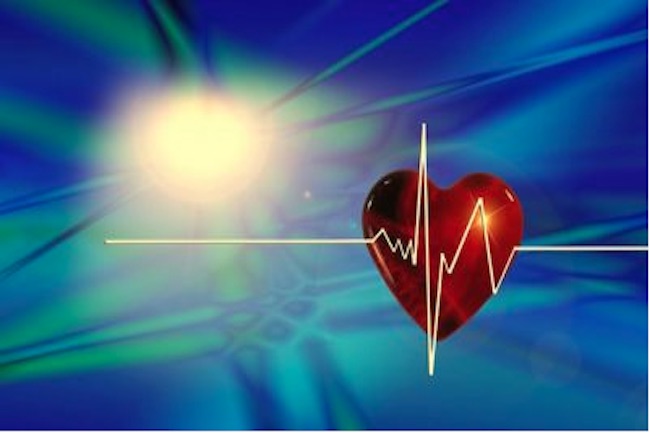Rocket Fuel Compound Found in Diabetes Medication by Dr. Joseph Mercola
STORY AT-A-GLANCE
- N-nitrosodimethylamine (NDMA) has been found in metformin, a drug used to treat diabetes. NDMA has also been found in blood pressure medication and Zantac, an OTC drug that treats stomach issues
- Zantac contamination may have started in 2012 when the process produced NDMA as a byproduct to improve manufacturing efficiency
- Metformin prescriptions increased from 59 million in 2007 to 78.6 million in 2017, one indication of the rising number using medication to control diabetes
- Simple lifestyle changes can improve your health and reduce your dependence on drugs
Many of the decisions you make each day have a compound effect on your overall health. Making small changes in what you eat and drink, how much you exercise and the quality of your sleep can pay big dividends. The same is true of some of the small unhealthy decisions you make.
For example, lifestyle choices affect your risk for high blood pressure, Type 2 diabetes and even heartburn. If you take medications to control these conditions, you need to know that some of them have been recalled due to contamination issues.
In July 2018 the FDA1 announced a voluntary recall of Angiotensin II receptor blocker high blood pressure medications (ARBs) that contain the active ingredient valsartan; a month later the FDA updated its list to include those containing losartan and irbesartan, among others. It has continued to update the list through the end of 2019.2
The initial alert was generated after some of the products tested positive for N-nitrosodimethylamine (NDMA). To give an example of how many people were affected by this, in 2017 9.2 million prescriptions were written for valsartan; 51.9 million for losartan; and 2.3 million for irbesartan.3
Yet, when a second nitrosamine impurity was discovered in losartan, the FDA still did not stop distribution of the drug. Instead, they suggested that patients continue their prescriptions “until their pharmacist provides a replacement or their doctor prescribes a different medication.”4
Then, a new concern with a different drug arose, this time with an over-the-counter (OTC) medication for heartburn and other stomach issues: In September 2019 the FDA issued a warning that NDMA was also found in ranitidine (Zantac), a hystamine-2 (H2) blocker used to treat heartburn, saying:5
“Although NDMA may cause harm in large amounts, the levels the FDA is finding in ranitidine from preliminary tests barely exceed amounts you might expect to find in common foods.”
Next, test results revealed NDMA was in another heartburn drug, nizatidine6 (brand name Axid) and just days later those medications began being recalled. As of January 2020, the FDA was continuing to announce voluntary recalls because of unacceptable levels of NDMA. To give you an idea of how many people just the Zantac recall affected, in 2017 there were 16.3 million prescriptions written for Zantac.7
The saga of NDMA and other nitrosamine impurities in the U.S. medication supply doesn’t end there, however. Now, warnings include metformin, an oral medication for treatment of early Type 2 diabetes. In 2017 there were 78.6 million prescriptions for metformin written,8 representing the medication with the largest number of prescriptions affected by NDMA contamination thus far.
NDMA Is Deadly in Minute Amounts
NDMA was once used in the commercial production of rocket fuel.9 However, after animal testing demonstrated exposure to it significantly increases the risk of cancer, the chemical is now only used for research purposes. Since the compound may be absorbed from the environment, food, tobacco or medications, the FDA established an “acceptable intake” level.
The “acceptable” amount is 96 nanograms (ng). As a comparison, this is 0.000096 of 1 milligram (mg) and a grain of salt is about 1 mg.10 Some of the generic brands of the contaminated high blood pressure medications tested at 20 times this limit.
It’s important to remember these are drugs taken every day in addition to potential exposure from the environment and nitrite-preserved foods such as hot dogs, cured meat, malt beverages and salami — which, according to the University of Illinois Chicago, sometimes have “higher concentrations” of NDMA.11
Even worse, the World Health Organization12 writes “there is conclusive evidence that NDMA is a potent carcinogen in experimental animals.” With humans, WHO admits there is “no quantitative” measurement for the risk of NDMA causing cancer in humans, but they do say: “The results are supportive of the assumption that NDMA consumption is positively associated with either gastric or colorectal cancer.”
So just how bad is NDMA? Historically, there are several case studies in which NDMA was used as a poison.13 In 1978 a German teacher’s wife died after he put NDMA in her jam. A Nebraska man was sentenced to death for spiking lemonade with it, and in 2013 a Chinese medical student died as a result of an April Fool’s prank when NDMA was put into the water cooler.
FDA Ignored the Warning Signs
Novartis released valsartan (Diovan) in 1996. When the patent expired in 2012, generic drug companies began producing it, but reduced their costs by changing solvents. The change was designed to limit waste and increase the amount of drug produced, but it also produced NDMA impurities in the medication.14




